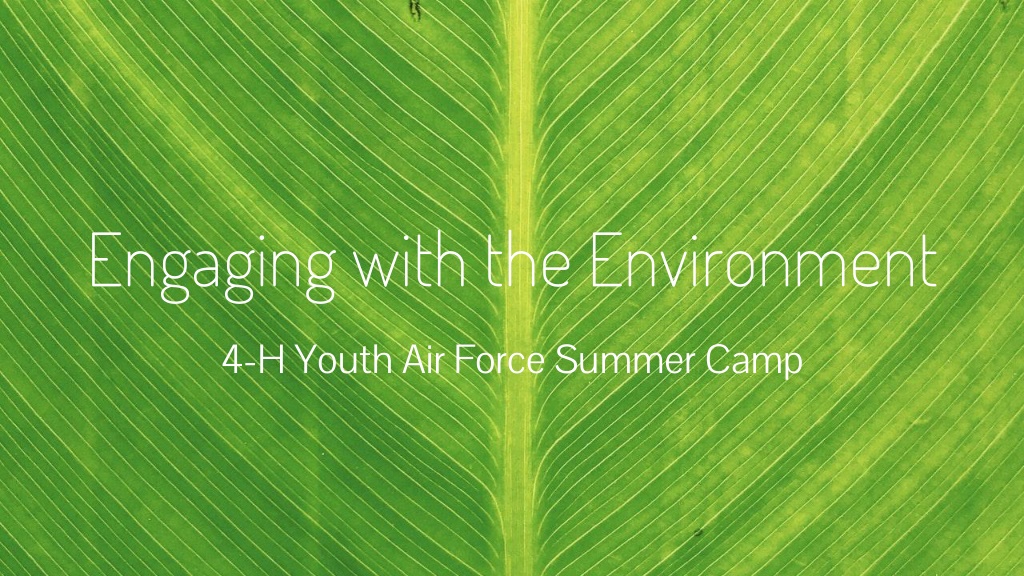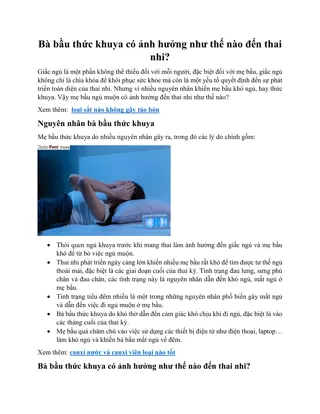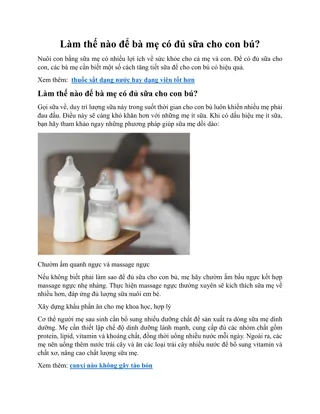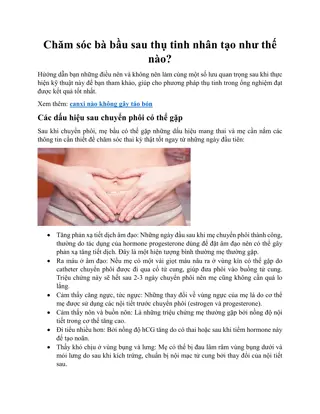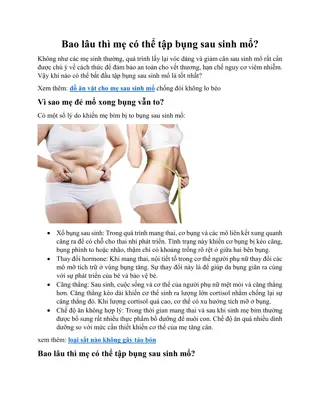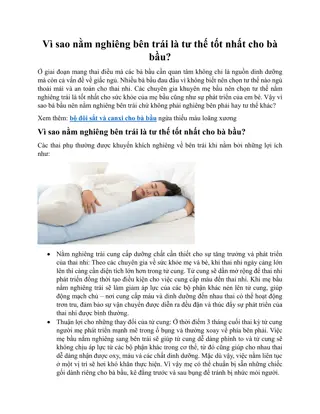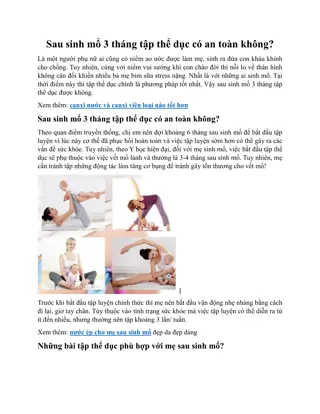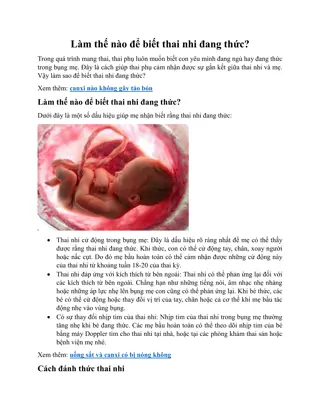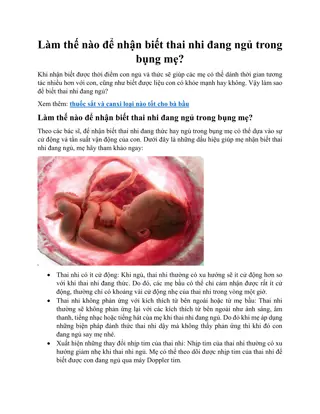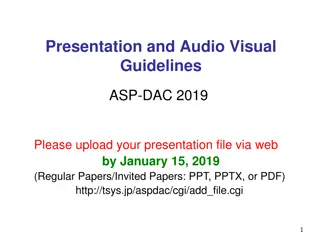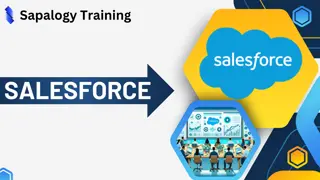Engaging with the Environment
Dive into an immersive experience at the 4-H Youth Air Force Summer Camp where participants get hands-on learning about environmental stewardship, outdoor activities, and teamwork. The camp fosters a sense of responsibility towards the environment while providing memorable adventures and skills development. Participants engage in exciting workshops, field trips, and challenges that build camaraderie and awareness. Join us for a transformative summer experience filled with fun, growth, and lasting memories in a beautiful natural setting.
Download Presentation

Please find below an Image/Link to download the presentation.
The content on the website is provided AS IS for your information and personal use only. It may not be sold, licensed, or shared on other websites without obtaining consent from the author.If you encounter any issues during the download, it is possible that the publisher has removed the file from their server.
You are allowed to download the files provided on this website for personal or commercial use, subject to the condition that they are used lawfully. All files are the property of their respective owners.
The content on the website is provided AS IS for your information and personal use only. It may not be sold, licensed, or shared on other websites without obtaining consent from the author.
E N D
Presentation Transcript
Engaging with the Environment 4-H Youth Air Force Summer Camp
What do you already know about earth systems and environmental conservation? Take a moment to think or discuss with a parent, sibling, or friend.
Did You Know??? 1. A glass bottle will take 40,000 years to decompose, if it s not recycled 2. 27,000 trees are cut down everyday just to make toilet paper 3. Americans use 380 billion plastic bags each year, about 1,200 bags per person 4. Clouds can hold millions of tons of water at a time!
Cloud in A Jar Recap How it works: When warm water is added to the jar, some turns to water vapor. The water vapor rises to the top because it weighs less and comes in contact with cold air from the ice cubes. Water vapor condenses when it cools down, but can only condense when it has something to condense on to. In nature, water vapor condenses onto dust, air pollution, pollen, and many other natural particles, but in this experiment, it condensed to hairspray.
Earth System: The Water Cycle Water covers more than 70% of the Earth s surface, and all living things need water to survive. The water cycle is nature s way of purifying, circulating, and replenishing water. Four basic steps in the water cycle: Evaporation Condensation Precipitation Collection
Condensation: When gaseous water vapor cools at high elevations and becomes liquid (or solid) again. Precipitation: When liquid water (e.g., rain) or solid water (e.g., snow) falls to the ground. Evaporation: When heat from the sun turns liquid water into gaseous water vapor, causing it to rise into the air. Collection: When large amounts of water gather in oceans, lakes, rivers, and stream.
Why Clouds Are Important 1. Clouds help regulate the earth s temperature by reflecting the sun s rays to keep earth cool for humans 2. Clouds supply water to the earth in the forms of rain, snow, hail, and sleet 3. Clouds attract the tiny particles in the air called aerosols in order to condense into water molecules, like the cloud in the jar
Types of Cloud The five main types of clouds: Cirrus Stratus Cirrocumulus Cumulonimbus Altocumulus Try pronouncing those with a friend!
Oil Spill Recap What did you already know about oil spills? What kind of engineerings help solve environmental problems? What sort of damage can they cause in the real world? Think about these reflection questions or discuss them with a friend.
Oil Spills Oil spills are usually caused when equipment breaks down or oil companies make mistakes. Oil spills can cause damage to the environment and the wildlife, like we saw in our oil spill activity.
Oil can catch on fire in the ocean, causing environmental damage and air pollution. Damage to beaches, where oil sticks to the sand.
The oil makes birds wings sticky and they can no longer fly. Oil makes it harder for marine life to swim through the water. Oil is toxic and can kill animals when they swallow it.
Methods of Clean-Up In our activity, we used cotton balls, a sponge, and a spoon to try and remove the oil from the ocean. How did those materials work at cleaning up your oil spill? If a real oil spill were to happen, what could we use to collect the oil and save the environment?
Examples of Oil Spill Technology 1. Oil Boom: acts like a fence to decrease the spread of the oil 1. Skimmer: machines designed to suck up the oil from the ocean, kind of like using a spoon from our experiment 1. Sorbent: a chemical that attracts the oil and makes it easier to remove
Skimmer Sorbents Oil Boom
Environmental Conservation Environmental Conservation is anything we do to protect our planet and conserve our natural resources. Natural Resources are anything that is found that humans did not create, such as water, air, minerals, oil, and much more. Why do you think it is important to protect our planet?
Environmental Conservation Starts At Home! Saving the planet isn t one person s or one companies job, it is everyone s, even you! Some ideas you can do to help the planet everyday! Recycle Turn off the water Turn off the lights when you leave a room Start a garden Compost Use reusable grocery bags Teach others what you have learned today!
Link to Survey with a Do and Snap Picture Challenge! https://preview.tinyurl.com/Enga https://preview.tinyurl.com/Enga geWithEnvironment geWithEnvironment
Hope You Enjoyed Engaging with the Environment!
